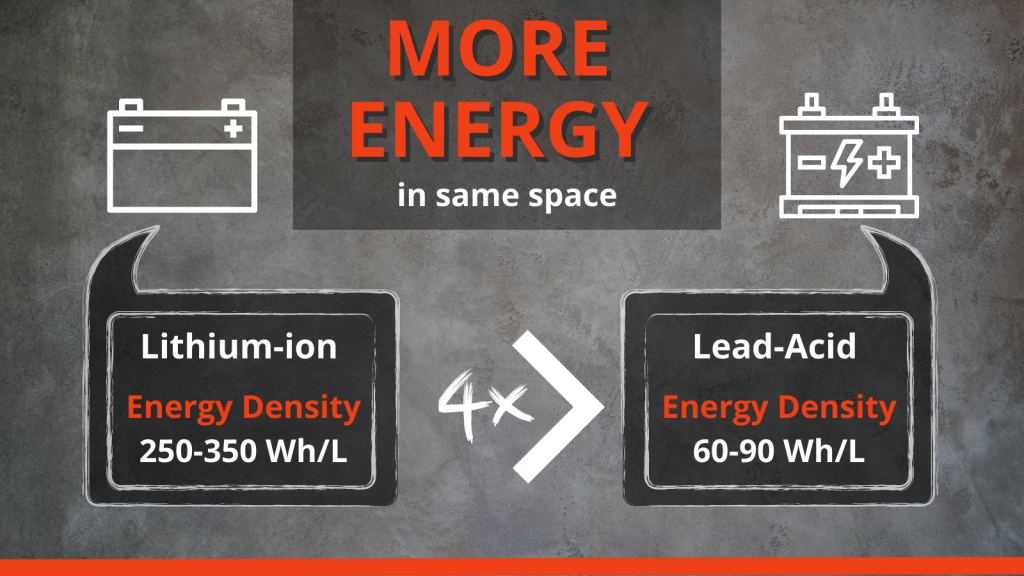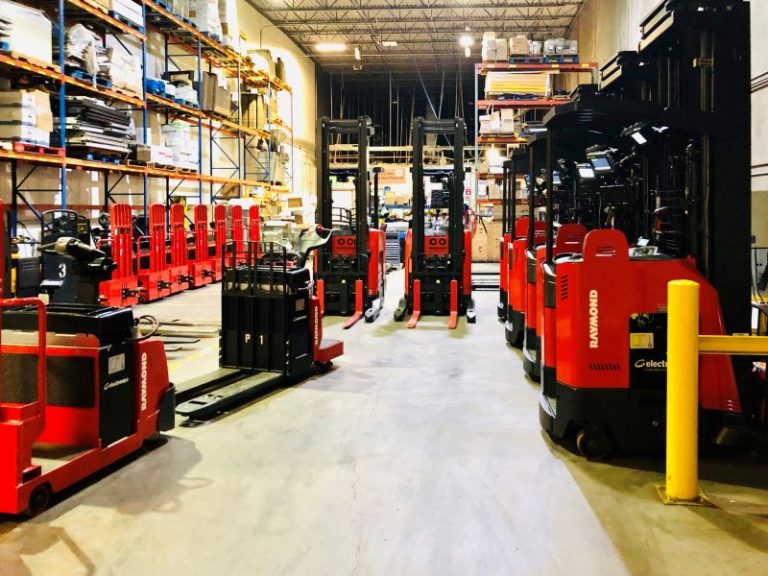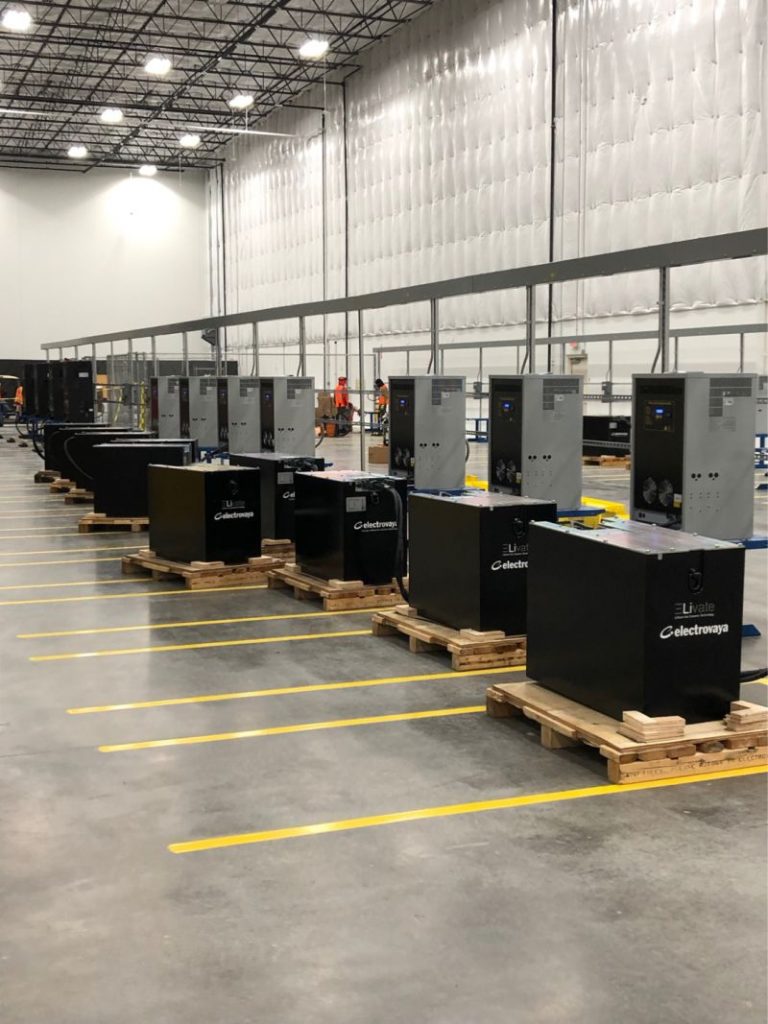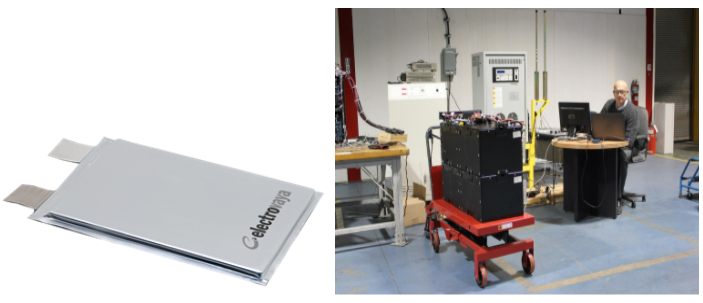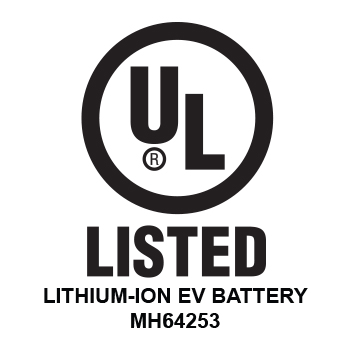A 48 V battery weighing 3000 lbs dropped from a height of 1m during UL 2580 Drop Test and still operational is a testament of great engineering design
Electrovaya battery passed the UL 2580 drop test with flying colors. The battery weighing over 3000 lbs was subject to drop from a height of 1m at an angle likely to produce the most adverse effect. The battery not only survived the impact of the fall, it was completely operational following minor repairs to the pass-thru and bus-bar system – a testament of great engineering design.
Watch the video as the heavy battery is dropped at an angle to simulate the worst possible outcome in case of an accidental fall.
The UL 2580 Drop Test
The test was conducted at room ambient (i.e. 25 +/- 5°C). Temperatures were monitored on an internal module casing during the test for information purposes.
After being equilibrated at room temperature, a fully charged sample of Electrovaya Battery weighing over 3000 lbs was dropped from a height of 1.0 m. The sample drop was designed to strike a concrete surface at an angle in the position most likely to produce the adverse results and in a manner and height most representatives of what would occur during maintenance and handling/removal of the battery during servicing.
During the test, a spark ignition source or a gas detector was used for determination of potential for fire hazard. This is done to detect the presence of flammable concentrations of gases within the sample immediately after the drop and repeated in the instance of increasing temperatures.
The sample was examined within a time frame of 6-24 hours after dropping. After the 6-24 h rest period and after cooling to near ambient, the samples were subjected to an “as received” isolation resistance test in accordance with UL 2580-ULC S2580.
Result
The sample remained intact and operational after minor repairs to pass-thru and bus-bar assembly. After the drop, the sample was subject to a full discharge and charge cycle. The sample retained full operationality and there was no internal damage to the battery and battery management systems.
About Electrovaya
Electrovaya Inc. (TSX:EFL) (OTCQB:EFLVF) is a pioneering leader in the global energy transformation. The company is focused on contributing to the prevention of climate change by supplying the safest and longest-lasting lithium-ion batteries. Electrovaya, a technology-focused company with extensive intellectual property. It designs, develops and manufactures proprietary lithium-ion batteries, battery systems and battery related products. Electrovaya provides complete solutions for energy storage, clean electric transportation and other specialized applications. To learn more about how Electrovaya is powering mobility and energy storage, please explore www.electrovaya.com.




